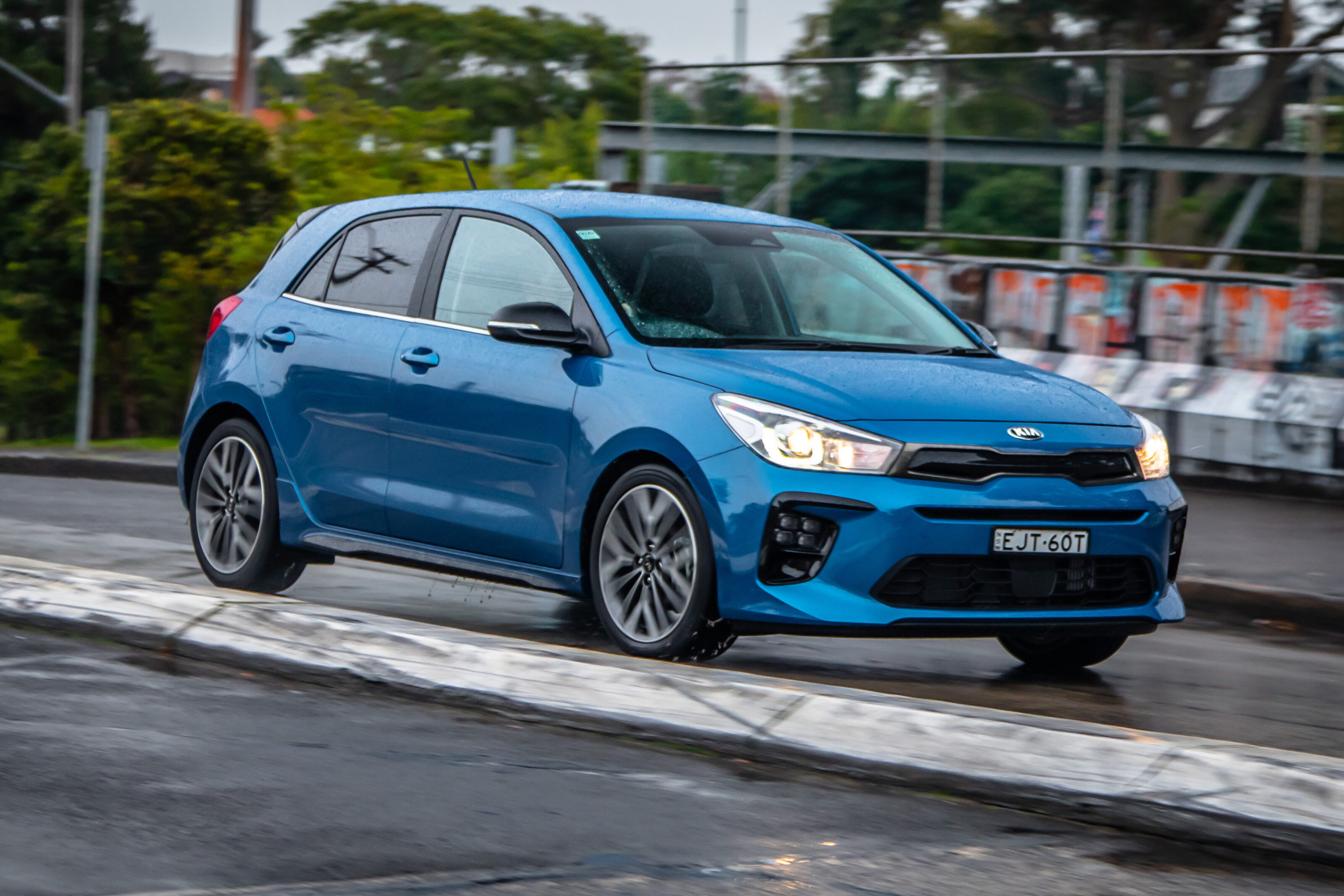
Snapshot
- Next-gen Rio wonu2019t be sold in Australia, marking the end of the line
- Picanto and Cerato promised to live on
- Adds to the growing list of axed light car nameplates
Kia Australia has confirmed the Rio city hatchback will exit the Australian market when the next-generation model launches, marking the end to the nameplate which first debuted locally in 2003.
“The next generation Rio will not be produced in RHD [right-hand drive],” a Kia Australia spokesperson told Wheels.
“The award-winning Rio has been a tremendous car for Kia in the Australian market with 162,494 sold since its debut in mid-2000.
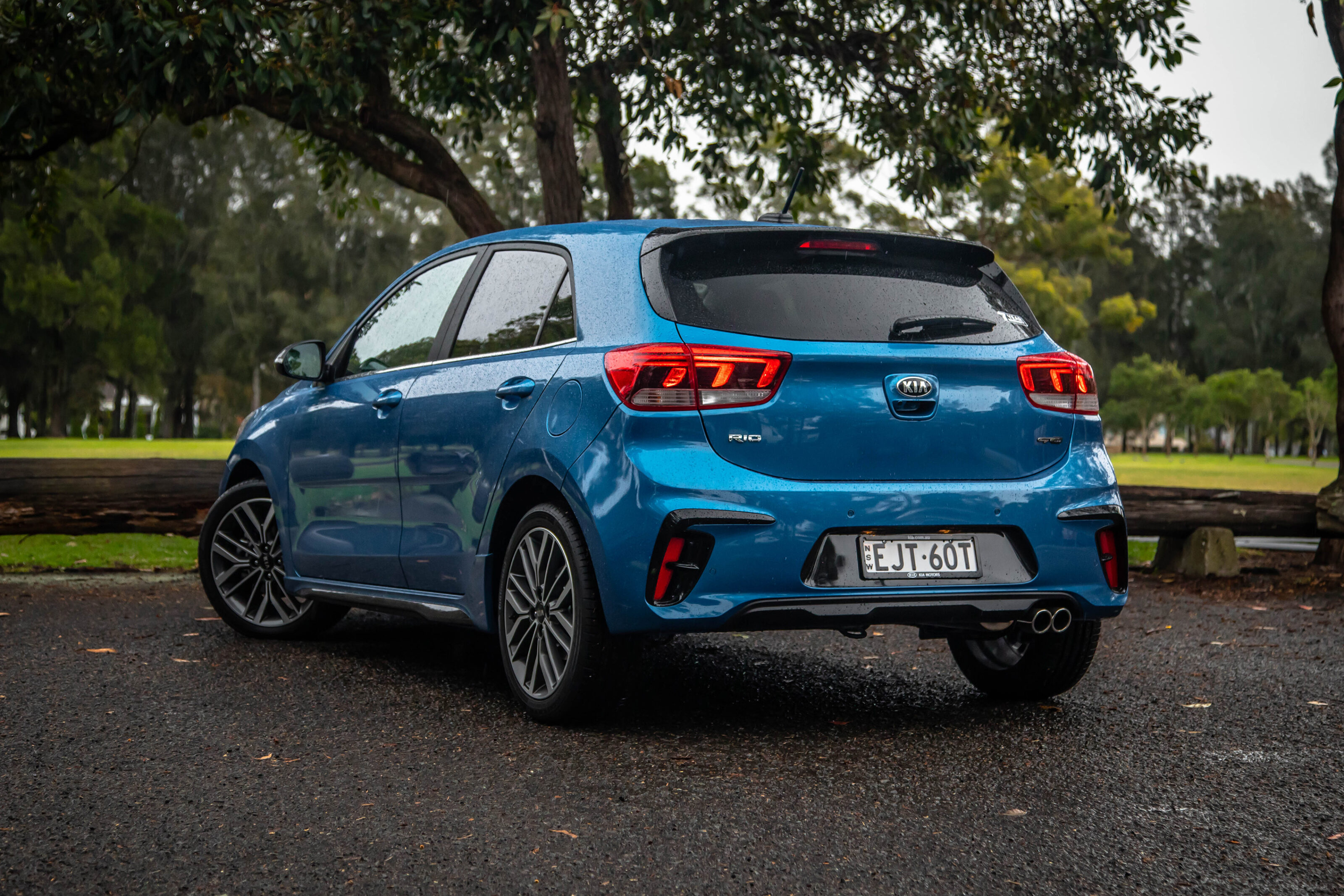
“While the Rio nameplate will not continue locally, Kia does continue to offer its popular Picanto and Cerato ranges, with new models across various segments currently under study for our market.”
It’s unclear when the all-new Rio will launch, but the current fourth-generation city car has already been on sale for six years.
The news comes as the South Korean hatchback was axed in mainland Europe and the United Kingdom due to low sales, although the related Kia Stonic SUV will live on, according to Autocar.
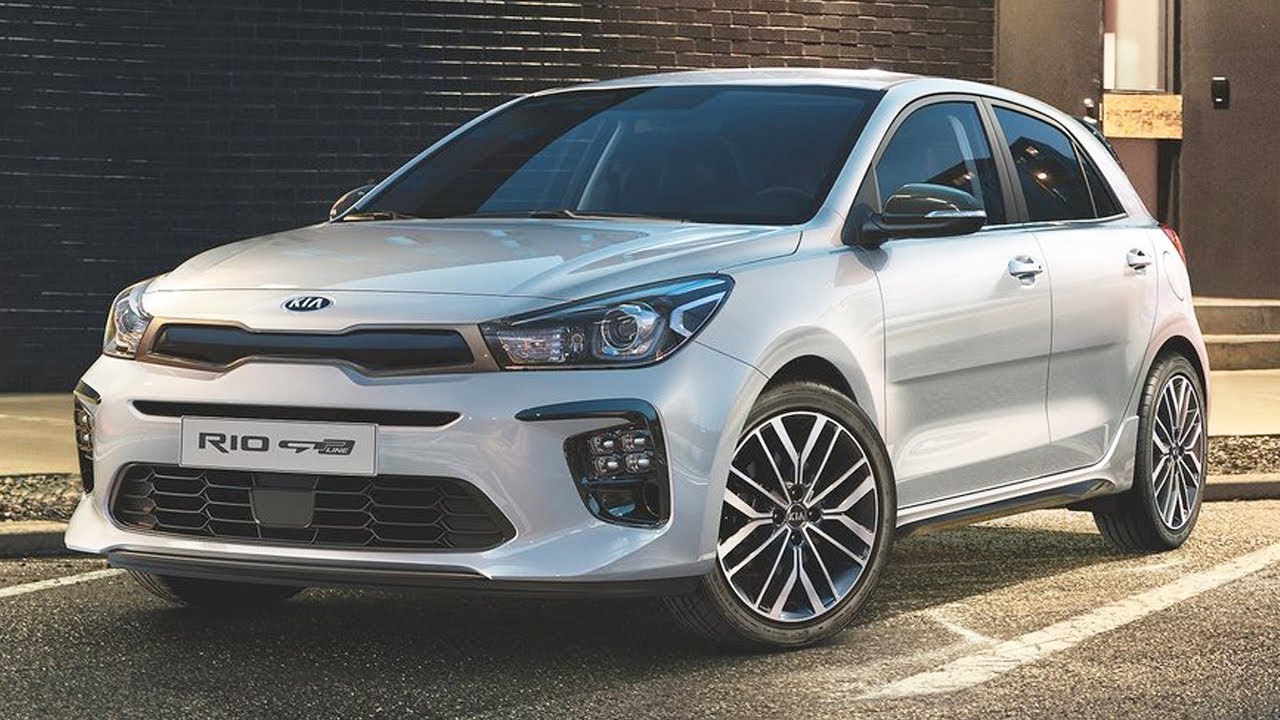
The local division axed the top-spec Rio GT-Line last year due to supply shortages related to its turbocharged engine and dual-clutch transmission. It’s now only available with two variants starting from $19,690 before on-road costs.
Like all other new cars, the Rio has been subject to steep price rises over recent years.
When the current generation first launched in 2017, it was only priced from $16,990 before on-roads and could be had for under the $20,000 drive-away mark – a major selling point for first-car buyers.
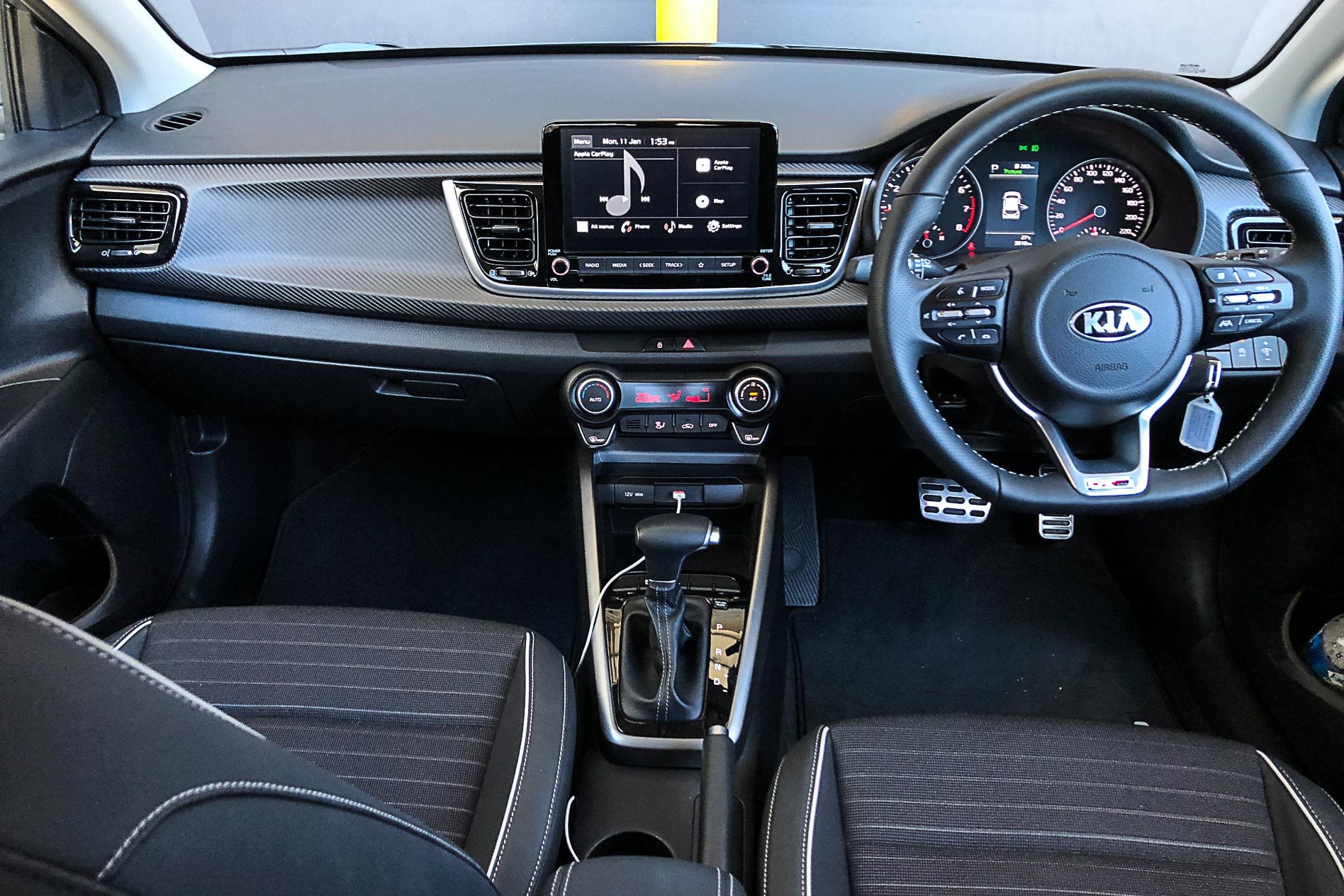
The Kia Rio was the fourth best-selling model in the light car segment last year, trailing behind Australia’s cheapest new car, the MG 3, semi-premium Mazda 2, and now-defunct Suzuki Baleno.
Light cars have been shrinking gradually in favour of more in-demand crossover SUVs. The Ford Fiesta, standard Hyundai i20, Hyundai Accent, Honda Jazz and Suzuki Baleno are no longer, while the Toyota Yaris, Mazda 2, Volkswagen Polo and Skoda Fabia have gone upmarket with price tags around the $30,000 mark and beyond.
We recommend
-
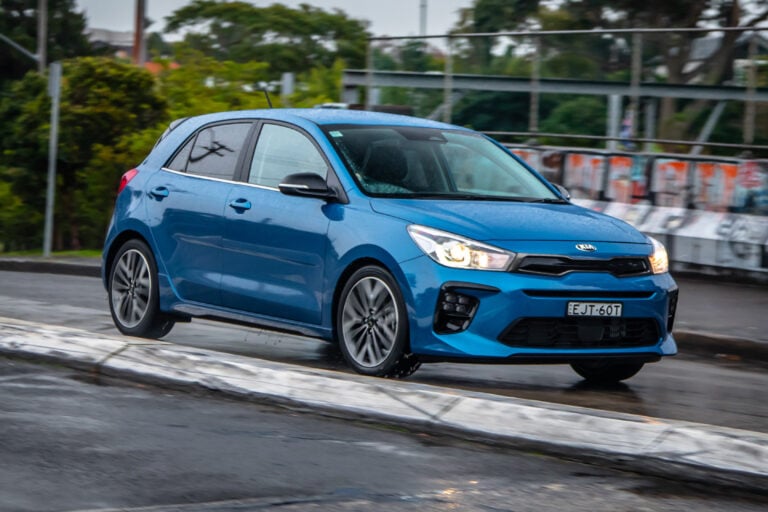 Reviews
Reviews2021 Kia Rio GT-Line review
If it’s fun you’re after, it’s fun you’ll get with Kia's little Rio GT-Line
-
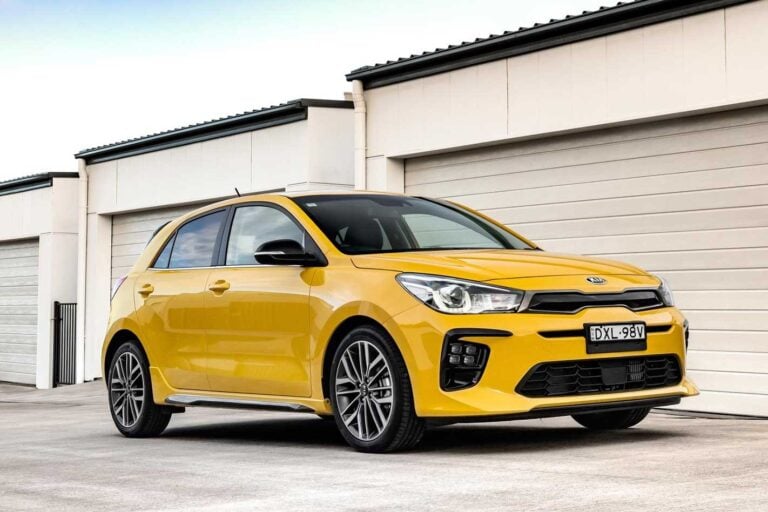 Reviews
Reviews2019 Kia Rio GT-Line quick performance review
Hottest Rio in the range feels a touch under done
-
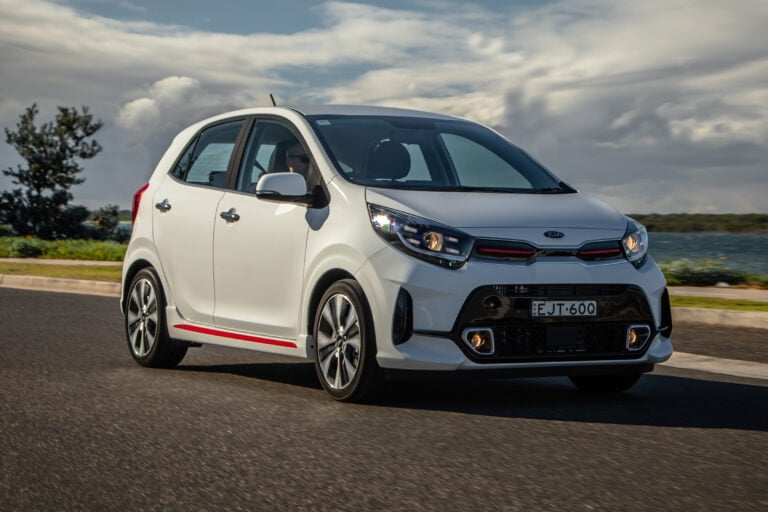 Reviews
Reviews2021 Kia Picanto GT review
Kia’s plucky Picanto micro hatch brings a bit of turbo triple-cylinder goodness to a lacklustre segment of dreary econoboxes




